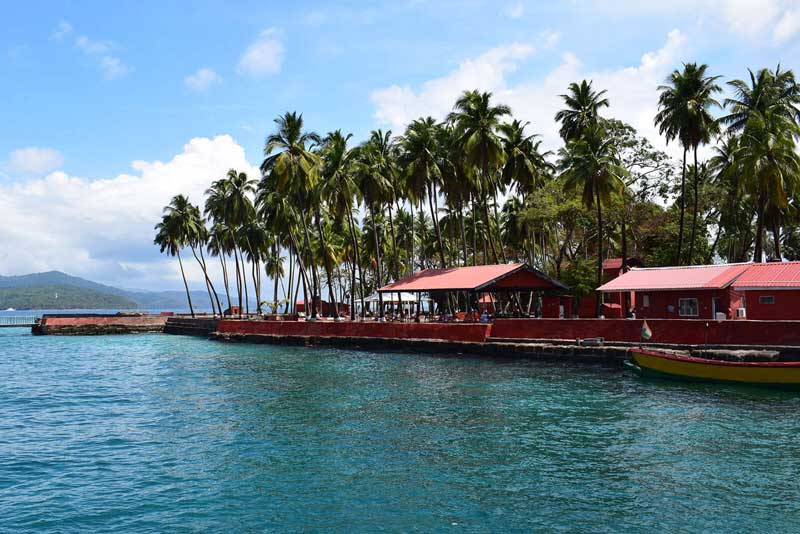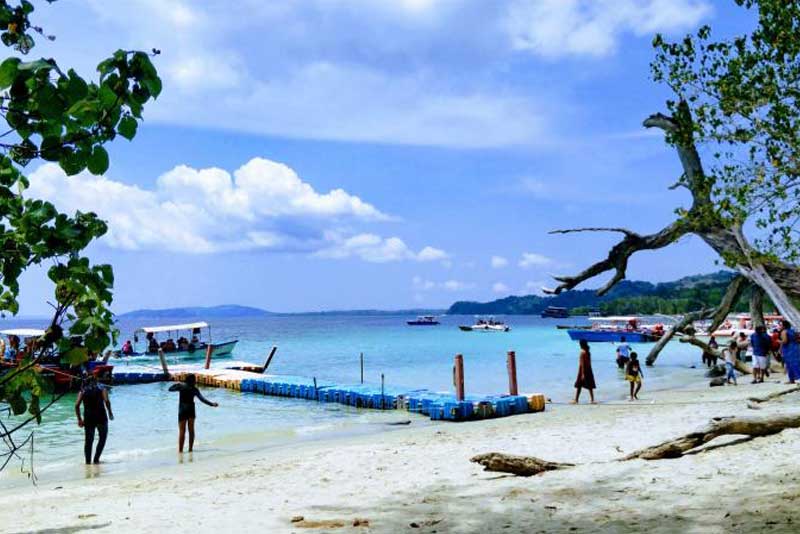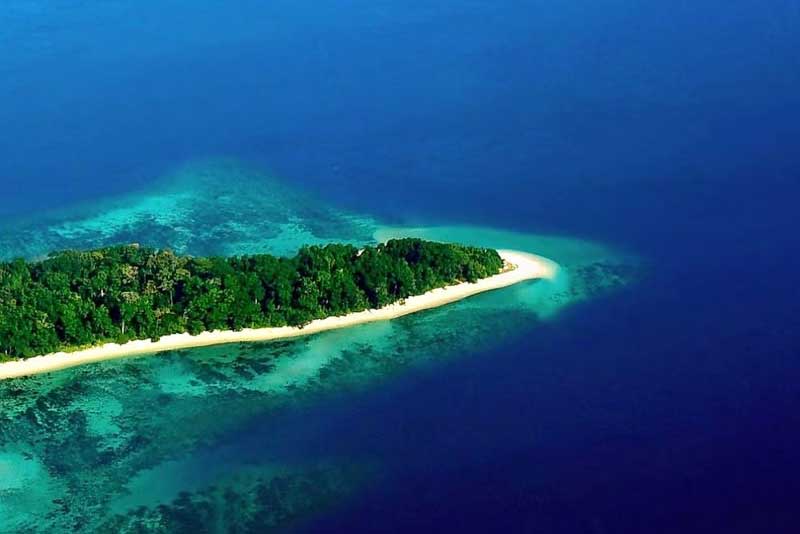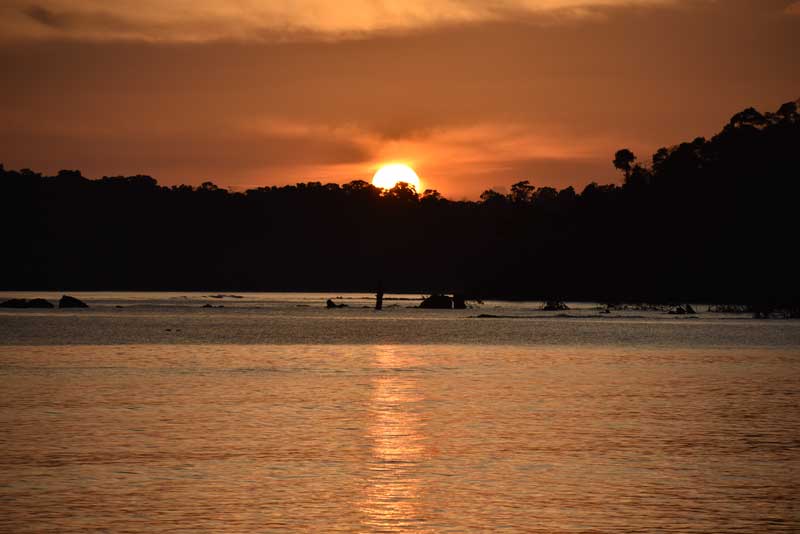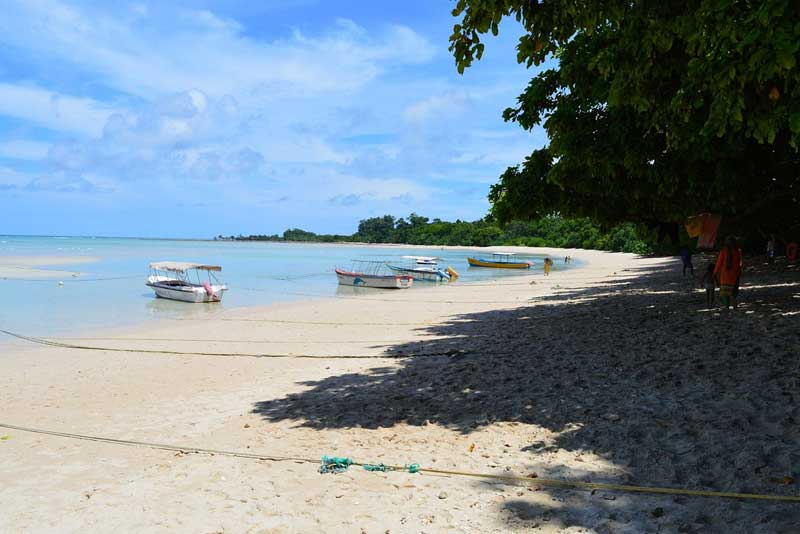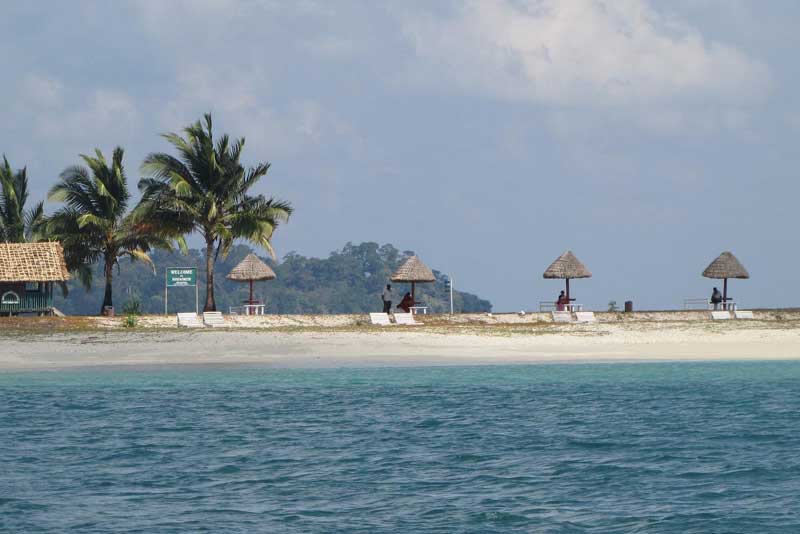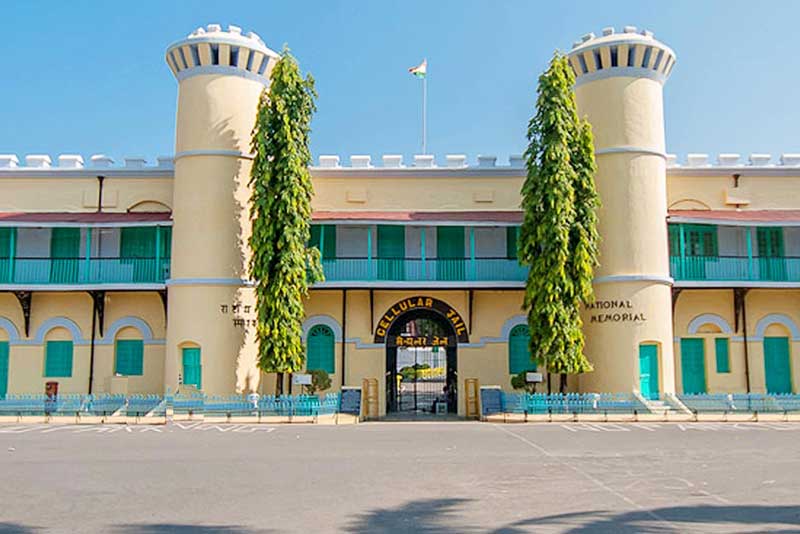
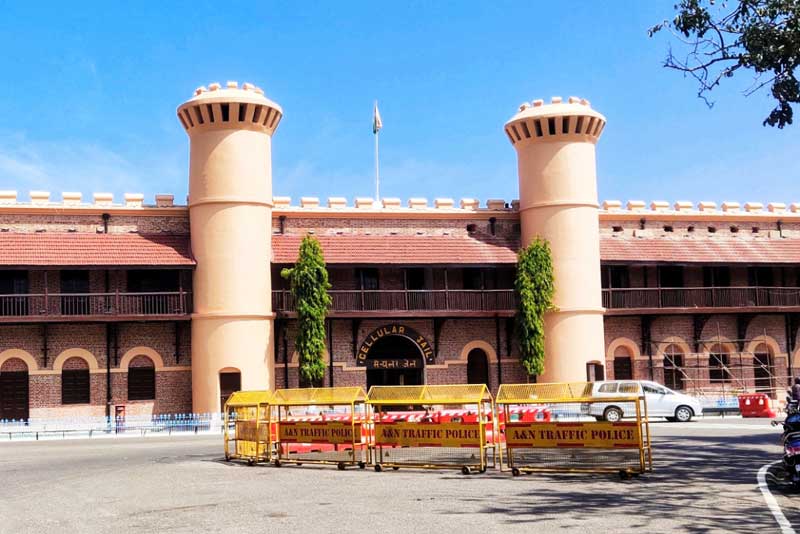
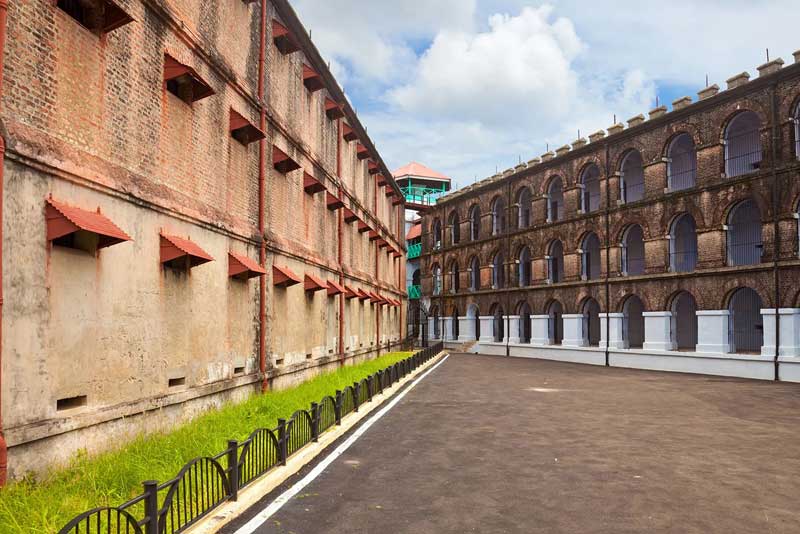
Cellular Jail
Cellular Jail, also known as "Kala Pani," is one of the most significant historical landmarks in the Andaman and Nicobar Islands. Located in Port Blair, the capital city, this colonial-era prison is a symbol of the sacrifices made by Indian freedom fighters during the struggle for independence.
The construction of Cellular Jail began in 1896 and was completed in 1906 by the British colonial government.It was built to incarcerate Indian political prisoners who were involved in the independence movement against British rule.The name "Cellular Jail" is derived from its unique architecture, consisting of individual cells designed to isolate prisoners.
Cellular Jail stands as a poignant reminder of India's struggle for independence and the sacrifices made by countless freedom fighters. A visit to this historic site is both educational and moving, offering insights into a crucial period of India's history. Whether you are a history enthusiast or a casual traveler, the Cellular Jail in Port Blair is a must-visit destination that adds depth and meaning to your Andaman Islands experience.
Overview
- The jail originally had seven wings radiating from a central tower, resembling the spokes of a wheel.
- Each wing had three stories, and the cells were small, measuring about 4.5 by 2.7 meters, with a solitary window high up on the wall.
- The museum within the Cellular Jail complex showcases artifacts, photographs, and documents related to the freedom struggle and the history of the jail.
- Displays provide information about prominent freedom fighters who were imprisoned here, such as Veer Savarkar and Batukeshwar Dutt.
- A popular attraction is the light and sound show held in the evening, which narrates the history of the jail and the stories of the prisoners in an engaging format.
- Remember that Cellular Jail is a site of great historical significance and a place of remembrance for those who sacrificed their lives. Maintain decorum and respect while visiting.
